In Photos: Sick Sea Stars Turn to Goo
Ochre stars
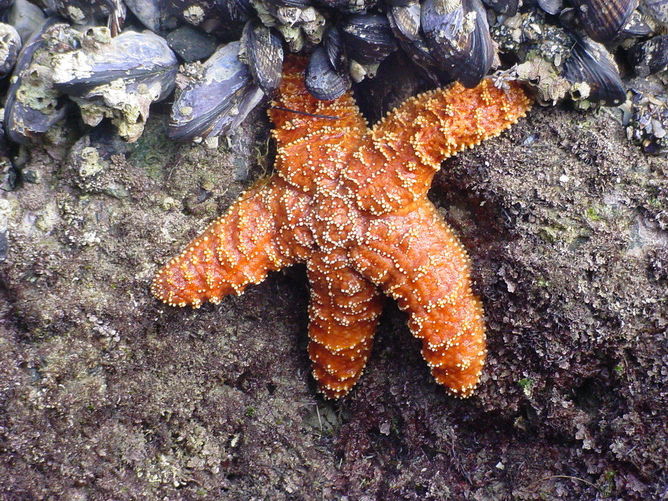
Sea star wasting syndrome, which has been documented from California to Alaska and even along the East Coast from Maine through New Jersey, causes a sea star's body to disintegrate into a puddle of goo, ultimately leading to death.
Here, an ochre sea star.
starfish
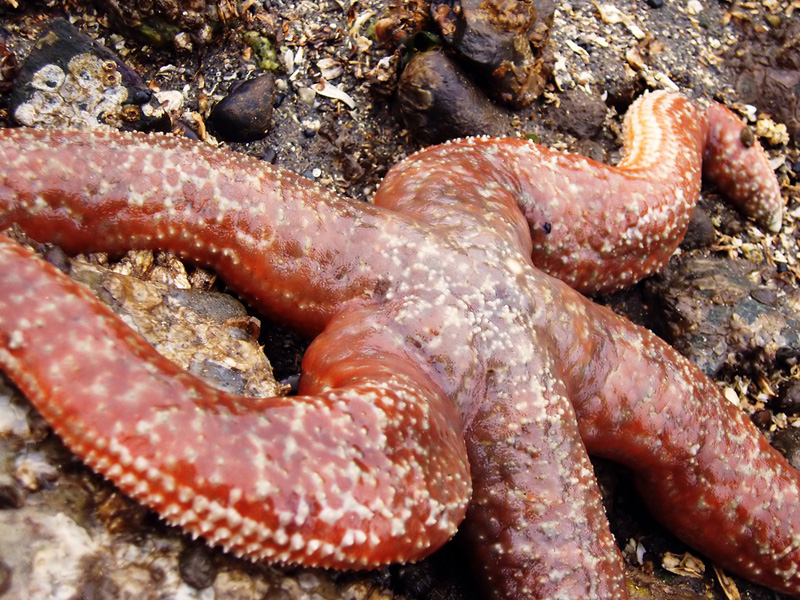
Sea star wasting has been known for some time, but the current outbreak, first reported in June 2013 along the coast of Washington by researchers from Olympic National Park, seems particularly severe.
False ochre stars like this one are greatly impacted.
Monitoring the intertidal
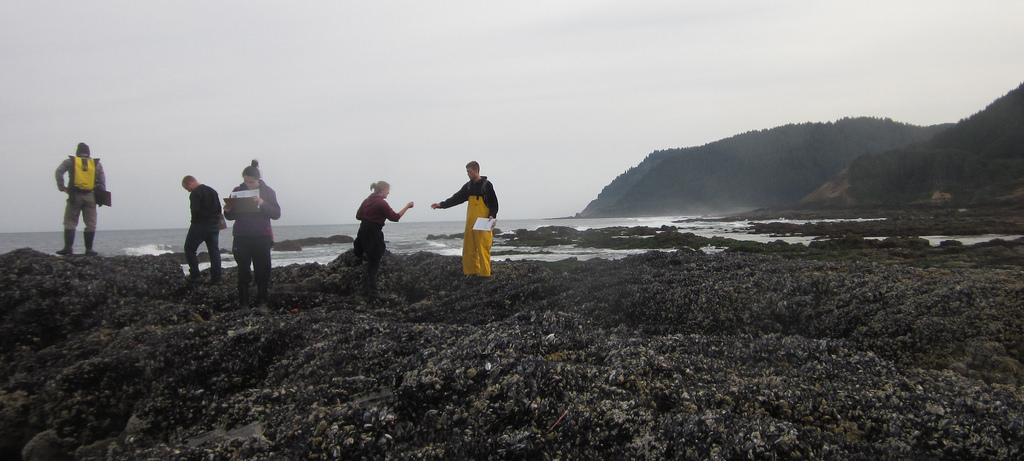
Only in the past few weeks, in May 2014, did researchers spot the syndrome in the purple ochre sea stars of the Oregon Coast. Here, undergraduate students at Oregon State University assist in monitoring the intertidal zone on the Oregon coast for damage done by sea star wasting syndrome.
Healthy stars

An Oregon Coast Aquarium diver monitors a healthy sea star near Newport, Oregon.
Purple Ochre Sea Star

The leg of this purple ochre sea star in Oregon is disintegrating, as it dies from sea star wasting syndrome.
Losing its grop
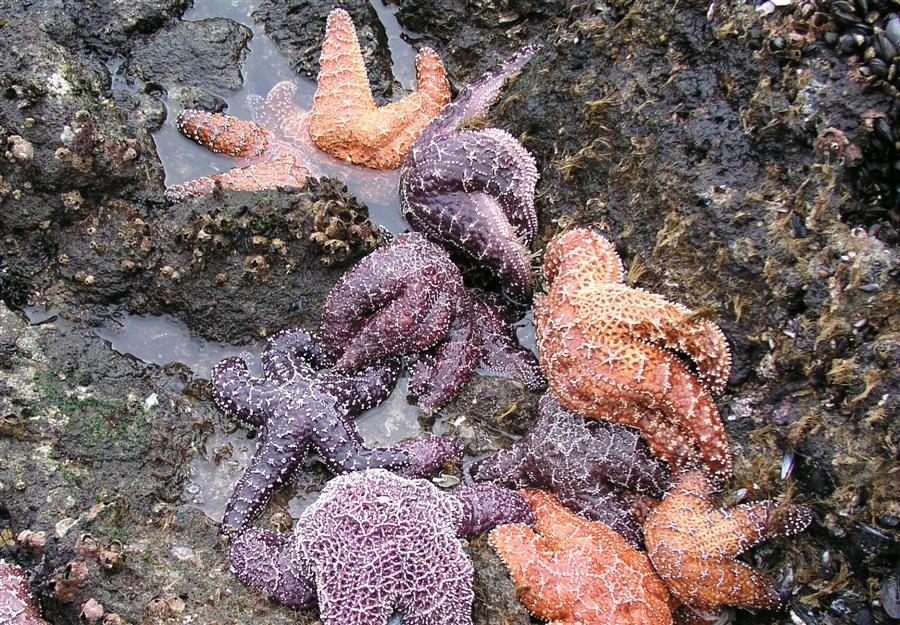
As the tide rolls out, the ochre sea star (Pisaster ochraceus) preys on, albeit slowly, mussels and barnacles. The sea star uses its sticky tube feet to attach to rocky surfaces in high wave-energy environments. Sea star wasting syndrome can cause the starfish to lose their grips, however.
Sea Star Swells With Tides

This ochre sea star, Pisaster ochraceus, is a predator along rocky shorelines on the Pacific coast, shown here soaking up ocean water during high tide to stay cool.
Get the world’s most fascinating discoveries delivered straight to your inbox.
Bat Star
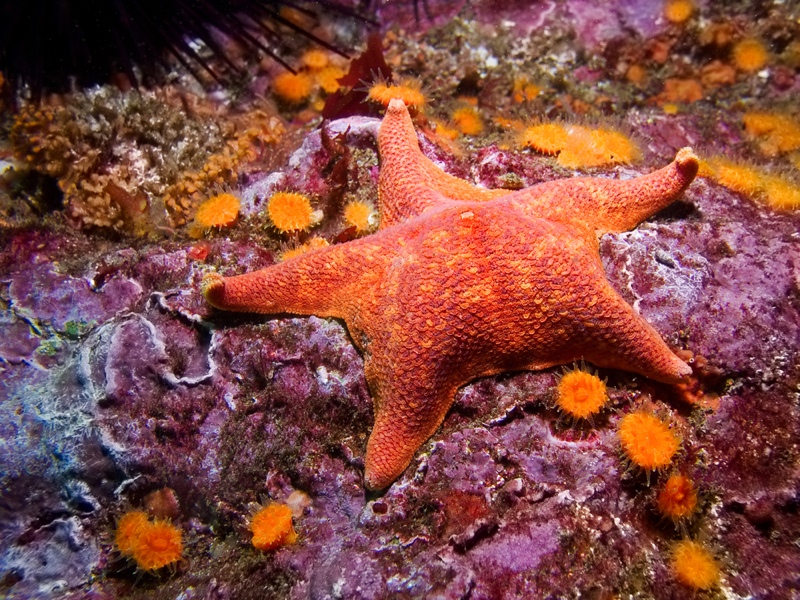
As of May 2014, sea star species in central California affected include: Pisaster ochraceus, Pisaster brevispinus, Pisaster giganteus, Dermasterias imbricata, Asterina (Patiria) miniata, Orthasterias koehleri, Pycnopodia helianthoides and Henricia spp.
Shown here, Asterina miniata, also called bat star, and orange cup corals on Santa Cruz Island, part of the Channel Islands off the coast of Southern California.
Sunflower starfish
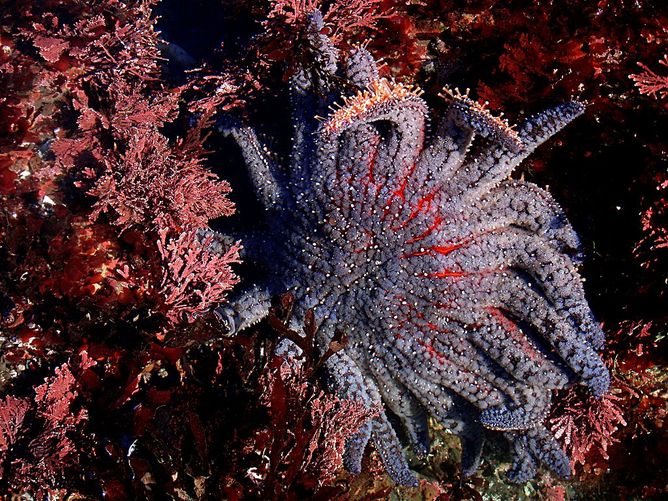
The sunflower starfish - a voracious predator brought to its knees by mystery disease.



